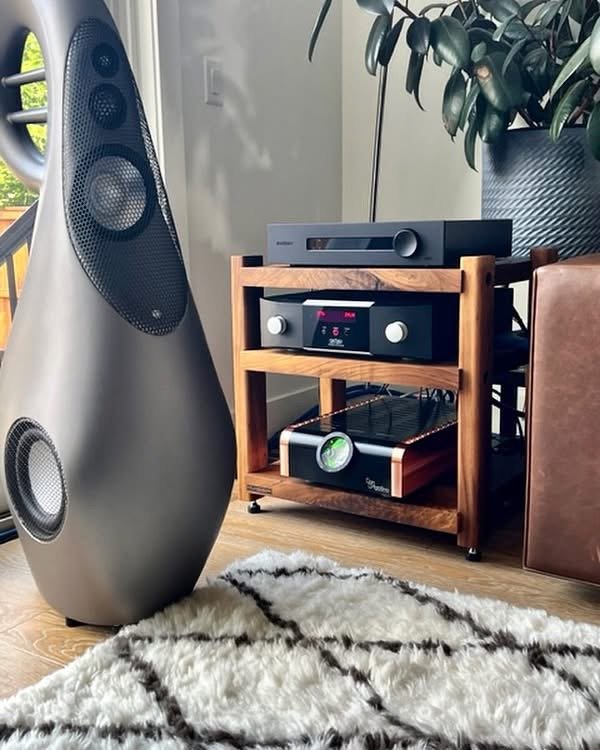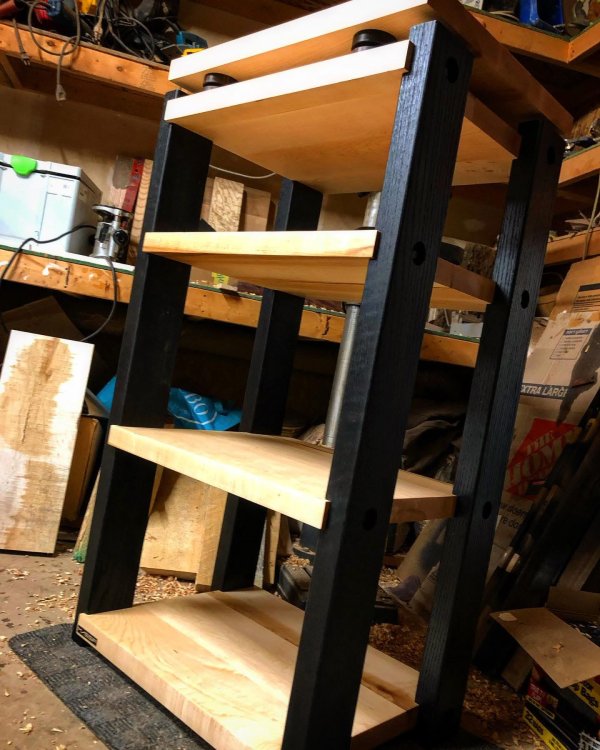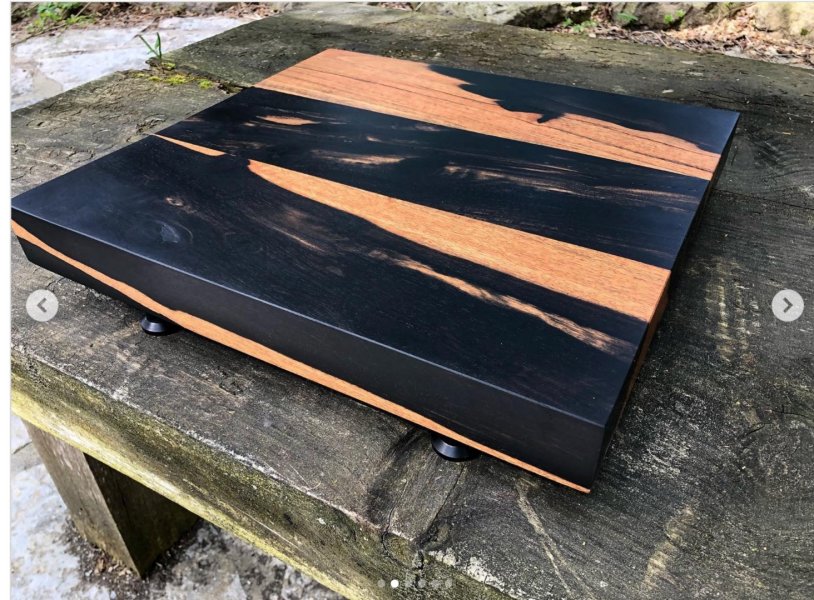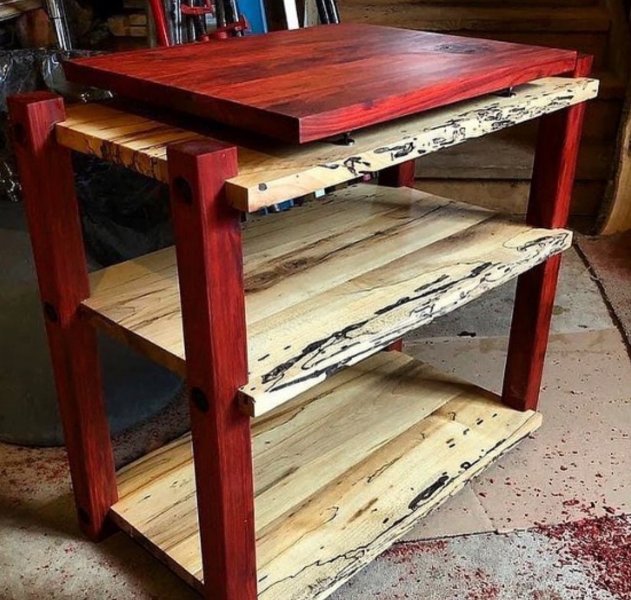All,
I have been offered the use of a fully equipped woodshop to make hardwood audio platforms/isolation basis for my hi fi equipment (amp, pre-amp, digital, analog, Torus and etc.). My sense is that I can get just what I want and save some money by making the platforms myself. My question is what type of hardwood and from where should I use. There is a high end lumber yard which has a lot in stock and from which I can order almost anything which is available to them. Is there any research or experimentation out there which has determined which wood or woods work best, including sound wise and structural integrity (i.e. will not twist, warp or otherwise disfigure - I say this because I have heard that you need to be careful with maple because it tends to twist and warp over time, although I am not certain about this).
I am hoping to hear from people who have actual experience with this or about articles which use good science and are sound tested as well.
Also, how should the wood be finished, is there a product which works best for this type of application and how thickly/many coats should be applied.
Also, which thickness seems to work best (2 inches or otherwise?) and is a solid piece of wood better or do smaller pieces glued together? I can do either.
Any other thoughts would be appreciated.
Thank you,
I have been offered the use of a fully equipped woodshop to make hardwood audio platforms/isolation basis for my hi fi equipment (amp, pre-amp, digital, analog, Torus and etc.). My sense is that I can get just what I want and save some money by making the platforms myself. My question is what type of hardwood and from where should I use. There is a high end lumber yard which has a lot in stock and from which I can order almost anything which is available to them. Is there any research or experimentation out there which has determined which wood or woods work best, including sound wise and structural integrity (i.e. will not twist, warp or otherwise disfigure - I say this because I have heard that you need to be careful with maple because it tends to twist and warp over time, although I am not certain about this).
I am hoping to hear from people who have actual experience with this or about articles which use good science and are sound tested as well.
Also, how should the wood be finished, is there a product which works best for this type of application and how thickly/many coats should be applied.
Also, which thickness seems to work best (2 inches or otherwise?) and is a solid piece of wood better or do smaller pieces glued together? I can do either.
Any other thoughts would be appreciated.
Thank you,



















